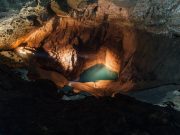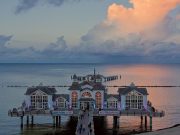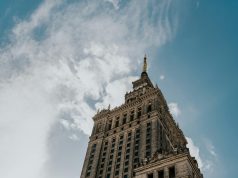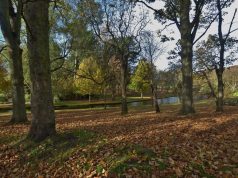In the bustling heart of Europe, where cobblestone streets weave through centuries-old architecture and vibrant cultures converge, a subtle transformation is underway. The continent, renowned for its rich tapestry of history and art, offers a myriad of free attractions that entice millions of travelers each year. From the serene gardens of Paris to the ancient ruins of Rome, these treasures provide an accessible gateway into Europe’s soul. Yet, as the popularity of budget travel soars, a pressing question emerges: Are these free attractions being cherished or exploited by the throngs of visitors eager to experience Europe without a price tag? This article delves into the delicate balance between cultural appreciation and the unintended consequences of mass tourism, exploring the impact on local communities, preservation efforts, and the very essence of what it means to truly value Europe’s offerings.
Hidden Costs of Free Attractions Unveiled
While wandering through the cobblestone streets of Europe, travelers often revel in the plethora of free attractions available. Yet, beneath the allure of cost-free experiences lies a tapestry of hidden expenses and impacts that are frequently overlooked. As these attractions become more popular, maintenance and preservation costs escalate, often funded by local taxes, which indirectly affect the residents. Furthermore, the influx of visitors can lead to increased littering and wear and tear, prompting authorities to allocate additional resources to upkeep.
Moreover, the social dynamics around these sites are shifting. Local businesses may struggle as tourists bypass paid experiences in favor of free alternatives, which can lead to economic imbalances. Some regions have resorted to implementing subtle charges, such as parking fees or suggested donations, to offset these challenges. Environmental costs are another concern, as the constant foot traffic can disrupt local ecosystems. These hidden aspects remind us that while the allure of free attractions is undeniable, their true cost is shared by both locals and travelers alike.
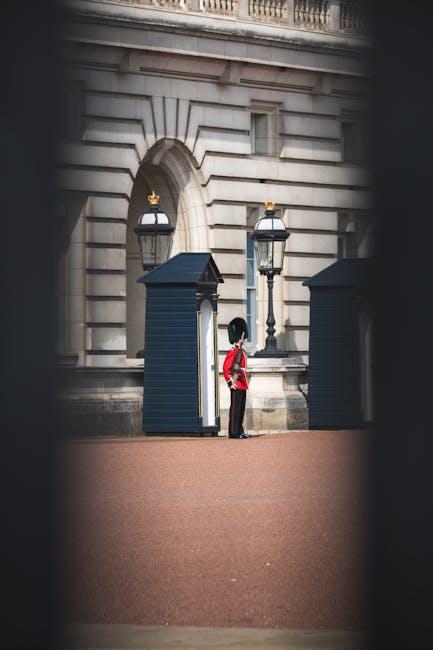
Cultural Impact: Balancing Tourism and Preservation
The allure of Europe’s free attractions, from ancient ruins to sprawling public parks, often results in a delicate dance between cultural enrichment and conservation. While these sites offer invaluable experiences without a price tag, their popularity raises questions about sustainability and preservation. Local communities and authorities are grappling with the task of maintaining these attractions amidst growing tourist numbers. This balancing act often requires innovative strategies to ensure that the charm and historical significance of these places are not eroded by excessive foot traffic and environmental degradation.
Some of the challenges faced include:
- Overcrowding: Large numbers of visitors can lead to wear and tear on infrastructure.
- Environmental Impact: Increased litter and pollution can threaten the natural beauty and biodiversity of these sites.
- Cultural Dilution: The influx of tourists may overshadow local traditions and ways of life.
Collaboration between tourists, local governments, and conservationists is crucial. Implementing visitor limits, promoting responsible tourism practices, and investing in preservation projects can help strike a balance, ensuring these cultural treasures endure for generations to come.

Strategies for Sustainable Exploration
- Engage with Local Communities: Encouraging interaction with local communities can enhance the travel experience while promoting sustainable practices. Travelers should consider participating in community-led tours or workshops, which not only provide authentic insights but also support local economies. By doing so, visitors can ensure their presence contributes positively to the destinations they explore.
- Respect and Preserve Natural Sites: Natural attractions often face the risk of degradation due to high visitor numbers. It is crucial for travelers to adopt a ‘leave no trace’ philosophy, ensuring that they do not disturb the natural habitat or leave behind waste. Simple actions like staying on marked paths and using designated waste disposal facilities can go a long way in preserving these sites for future generations.
- Promote Off-Peak Travel: Traveling during off-peak seasons can alleviate the pressure on popular free attractions, reducing overcrowding and environmental impact. This approach not only benefits the sites but also allows travelers to experience these attractions with fewer crowds, offering a more serene and personal encounter with Europe’s cultural and natural heritage.
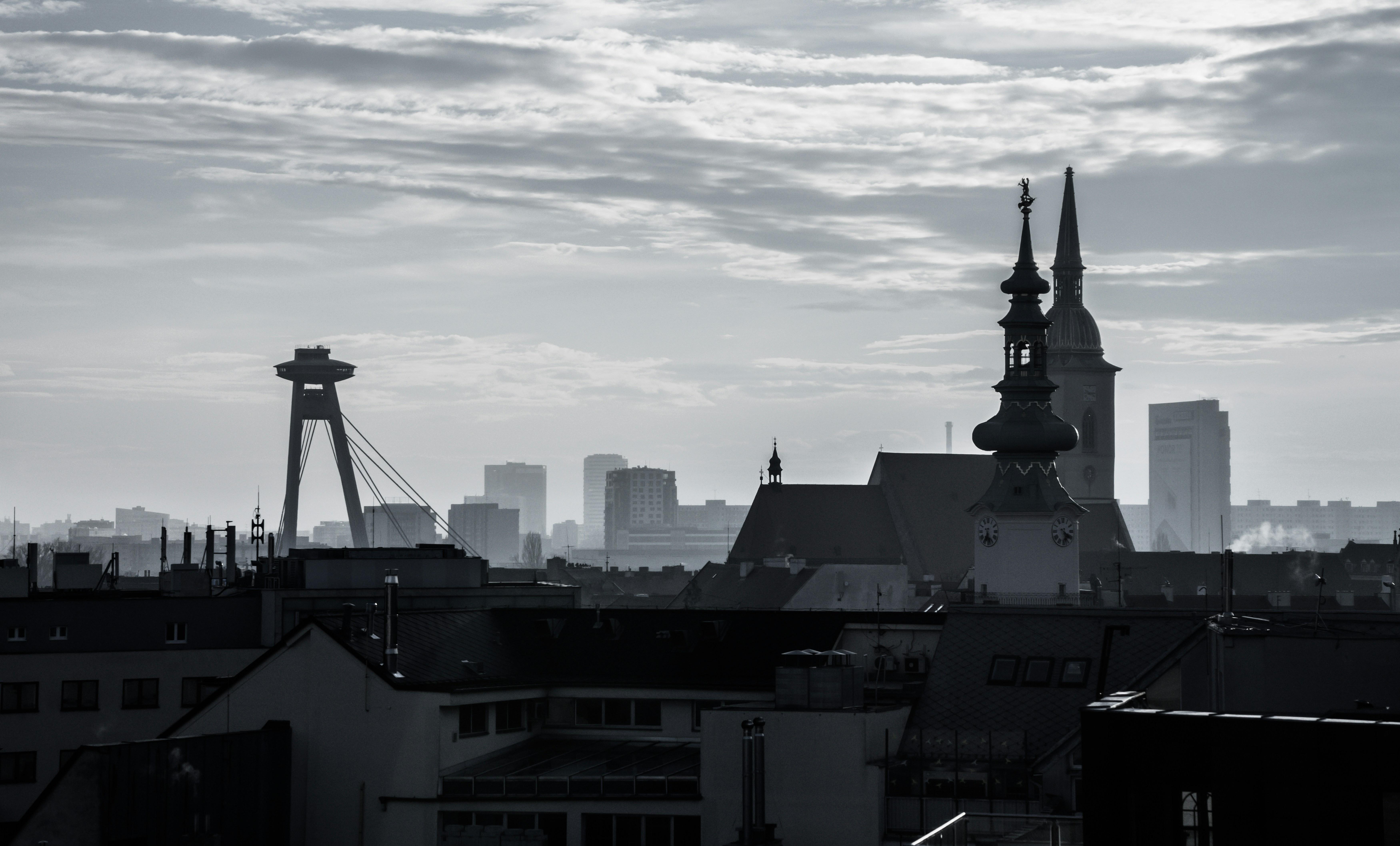
Empowering Communities Through Responsible Tourism
In recent years, the surge in tourism has brought both opportunities and challenges to European destinations. While many travelers are drawn to the allure of free attractions—be it historical sites, natural landscapes, or cultural landmarks—there’s a pressing need to address the balance between enjoyment and sustainability. These sites often lack the resources for maintenance and protection, leading to potential overuse and degradation. It’s crucial for travelers to adopt responsible tourism practices to ensure these attractions remain pristine and accessible for future generations.
Communities can empower themselves by implementing strategies that not only preserve their cultural heritage but also promote sustainable tourism. Some potential approaches include:
- Encouraging tourists to contribute through voluntary donations or community-led tours that support local economies.
- Introducing educational programs that raise awareness about the impact of tourism on these sites.
- Developing infrastructure that can handle increased visitor numbers without compromising the environment.
By fostering a spirit of cooperation between travelers and local communities, it’s possible to enjoy the beauty of Europe’s attractions while ensuring they remain intact for years to come.
Final Thoughts
As the sun sets on our exploration of Europe’s free attractions, it becomes clear that the landscape of travel is as dynamic as the destinations themselves. While the allure of no-cost experiences continues to captivate adventurers from every corner of the globe, the impact on local communities and the attractions they cherish is a narrative still being written. As travelers, perhaps the question we must ask ourselves is not just whether we are exploiting these offerings, but how we can tread more lightly, giving as much as we take. Whether it’s a picturesque park in Paris or a historic square in Rome, these shared spaces invite us to become part of a larger story—one that honors both the past and the promise of future explorations. So, as you pack your bags and map out your next journey, remember that every footprint leaves an impression. Let’s ensure ours is one of respect, responsibility, and reverence for the remarkable tapestry of free wonders that Europe so generously offers. Safe travels and mindful adventures await.






